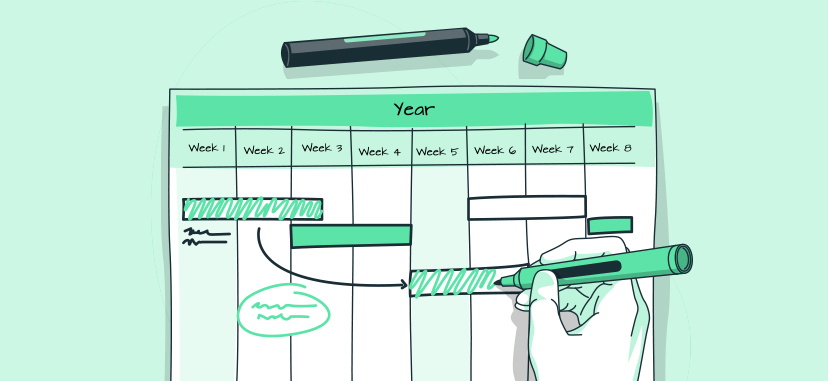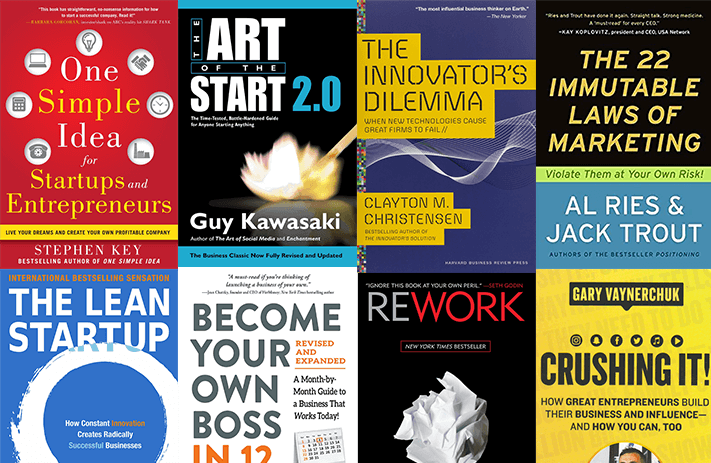
Click the button to start reading
What is a Project Scope Document (and How to Create Your Own)
You might be thinking, what is a project scope document? And do I really need one?
The short answer is: a project scope document is essential to the success of any project, and yes, you definitely need one.
A project scope document is a living document that outlines the scope of a project. It defines what a project is, what it will accomplish, and what deliverables you can expect at the end.
A well-crafted scope document can mean the difference between a project that comes in on time and on budget and one that spirals out of control.
In this post, we’ll take a close look at what a project scope document is, why it matters, and how you can create one for your next project.

Project Scope Document defined…
A project scope document is essentially a roadmap for your project.
It outlines what you’ll be working on, what deliverables you’ll be expected to produce, and what milestones need to be met along the way. In short, it sets expectations for everyone involved in the project so that there are no surprises down the road.
5 Benefits of a Project Scope Document
There are plenty of good reasons to create a scope document for your project, but here are five of the most important benefits:
1. A project scope document can help you win over stakeholders.
If you’re trying to get buy-in for your project from upper management or other key stakeholders, a well-crafted scope document can be a powerful tool.
By clearly outlining the goals, deliverables, and timeline for your project, you can show decision-makers that you’ve thought through every aspect of the project and that you’re confident you can deliver on your promises.
2. A project scope document can keep your team focused.
When you’re working on a large project with multiple team members, it can be easy to get off track.
A good scope document can help keep everyone focused on the task at hand by clearly defining what needs to be done and when it needs to be done.
3. A project scope document can help you avoid scope creep.
One of the most common problems faced by project managers is scope creep, which is when the scope of a project gradually expands beyond its original boundaries.
A well-defined scope document can help prevent scope creep by setting clear boundaries for what can and cannot be included in the project.
4. A project scope document can help you manage expectations.
If you’re working with an external client or partner, a scope document can be a helpful way to manage expectations.
By outlining the specific deliverables you’ll be responsible for, you can avoid misunderstandings down the road.
5. A project scope document can save you time and money.
By clearly defining the goals, deliverables, and timeline for your project, you can avoid wasting time and money on activities that are outside the scope of the project.
In other words, a good scope document can help you stay focused and on budget.

Project Scope Vs. Statement of Work
Let’s take a moment to clear up any confusion about the difference between a project scope and a Statement of Work (SOW).
A project scope is a high-level overview of the work that needs to be done. It’s typically created at the beginning of a project and serves as a roadmap for the project manager and team.
A Statement of Work, on the other hand, is a more detailed document that outlines the specific deliverables, milestones, and timeline for a project. It’s typically created after the project scope has been approved and serves as a contract between the client and the vendor.
Now that we’ve clarified the difference between a project scope and a Statement of Work, let’s take a look at how to create a project scope document.

What to Include in Your Project Scope Document
Now that we’ve discussed the benefits of creating a scope document, let’s take a look at what you need to include in yours.
Every project is different, so there’s no one-size-fits-all template for creating a scope document. However, there are certain elements that should be included in every scope document.
Here are some of the most important things to include:
1. Problem Statement
It’s not an overstatement to say that every project exists to solve a problem. Whether you’re developing a new product or launching a marketing campaign, your project should be focused on solving a specific problem.
Your scope document should begin with a clear statement of the problem you’re trying to solve. This is often called the “business case.” Essentially, you need to articulate why this project is necessary and what benefits it will bring.
2. Goals and Objectives
After you’ve stated the problem that your project will solve, you need to define the goals and objectives of the project. What are you hoping to achieve? What are your specific goals?
Be as specific as possible when defining the goals and objectives of your project. This will make it easier to measure the success of the project later on.
3. Deliverables
Next, you’ll need to identify the specific deliverables for your project.
A deliverable is any tangible output that your project produces. It could be a digital product, like a new software application, or it could be an intangible service, like a marketing campaign, or even something physical, like a new piece of equipment.
The important thing is that your deliverables are specific and measurable. This will make it easier to assess whether or not your project was successful.
PRO-TIP: For each deliverable, you should include a brief description, as well as any associated deadlines.

4. Timeline
In addition to identifying the deliverables for your project, you’ll also need to establish a timeline for completing those deliverables.
Your timeline should include specific milestones for each stage of the project, as well as target dates for completing each deliverable. Remember to be realistic when creating your timeline. Otherwise, you risk setting yourself up for failure.
5. Budget
This is obvious, but you’ll need to establish a budget for your project.
Your budget should include all of the costs associated with completing the project, including labor, materials, and overhead.
Once again, it’s important to be realistic when creating your budget. Otherwise, you could find yourself in financial trouble down the road.
6. Stakeholders
You’ll also need to identify all of the stakeholders for your project. A stakeholder is any individual or organization that has a vested interest in the success or failure of your project.
Some common examples of project stakeholders include:
- The client or customer
- The sponsor
- The project manager
- The project team
- The executive sponsor
- External vendors
It’s important to identify all of the stakeholders for your project because they will all need to be kept up-to-date on the progress of the project. In addition, you may need their input at various stages of the project.

7. Assumptions and risks
Also, you’ll need to identify any assumptions or risks associated with your project.
An assumption is something that is taken for granted. For example, you may assume that the project team will have the necessary skills to complete the project.
A risk is anything that could potentially jeopardize the success of your project. For example, you may be at risk of going over budget if the project takes longer than expected to complete.
By identifying the assumptions and risks associated with your project, you can develop contingency plans to mitigate those risks.
8. Approval Process
Last but not least, you’ll need to establish an approval process for your project.
This is the process that will be used to approve or reject changes to the scope of your project. It’s important to have a well-defined approval process in place to avoid scope creep.
The approval process should include the following steps:
- Submit a change request: Anytime someone wants to make a change to the scope of the project, they must submit a change request.
- Review the change request: The change request will then be reviewed by the project manager and other relevant stakeholders.
- Approve or reject the change request: Once the change request has been reviewed, it will be either approved or rejected.
- Update the project scope document: If the change request is approved, the project scope document will be updated to reflect the changes.
Now that we’ve gone over what should be included in your scope document, let’s take a look at how you can put it all together.

Putting Your Scope Document Together
The best way to put together your scope document is to use a modular approach.
Modular = dividing the work into manageable parts or modules.
This approach will allow you to break down the scope of your project into smaller, more manageable pieces. As a result, it will be easier to make changes to your scope document as the project progresses.
Start by writing each section of your scope—problem statement, goals and objectives, deliverables, etc.—as its own standalone section .
Then, once you have all of your individual sections written out, start putting them together into a cohesive whole.
Here’s an overview of how each section should flow together:
- Introduction
- Problem statement
- Goals and objectives
- Deliverables
- Budget
- Stakeholders
- Assumptions and risks
- Approval process
- Conclusion
- Appendix (optional)
When writing your individual sections, be sure to use clear and concise language.
Remember, the goal of your scope document is to communicate the key details of your project to your team and stakeholders. Therefore, it’s important that everyone is on the same page from the start.
Take a step back and ask yourself if the data you’re including is really essential to the project.
If it’s not, then leave it out. The last thing you want is for your scope document to be so long and detailed that no one bothers to read it.
Conclusion
A well-crafted scope document can mean the difference between a project that comes in on time and on budget and one that spirals out of control…
Essentially, the scope of your project is the roadmap that you’ll follow to get from point A to point B.
By taking the time to develop a clear and concise scope document, you can avoid costly mistakes and ensure that your project stays on track.
Now that you know what should be included in your scope document, it’s time to get to work!
















